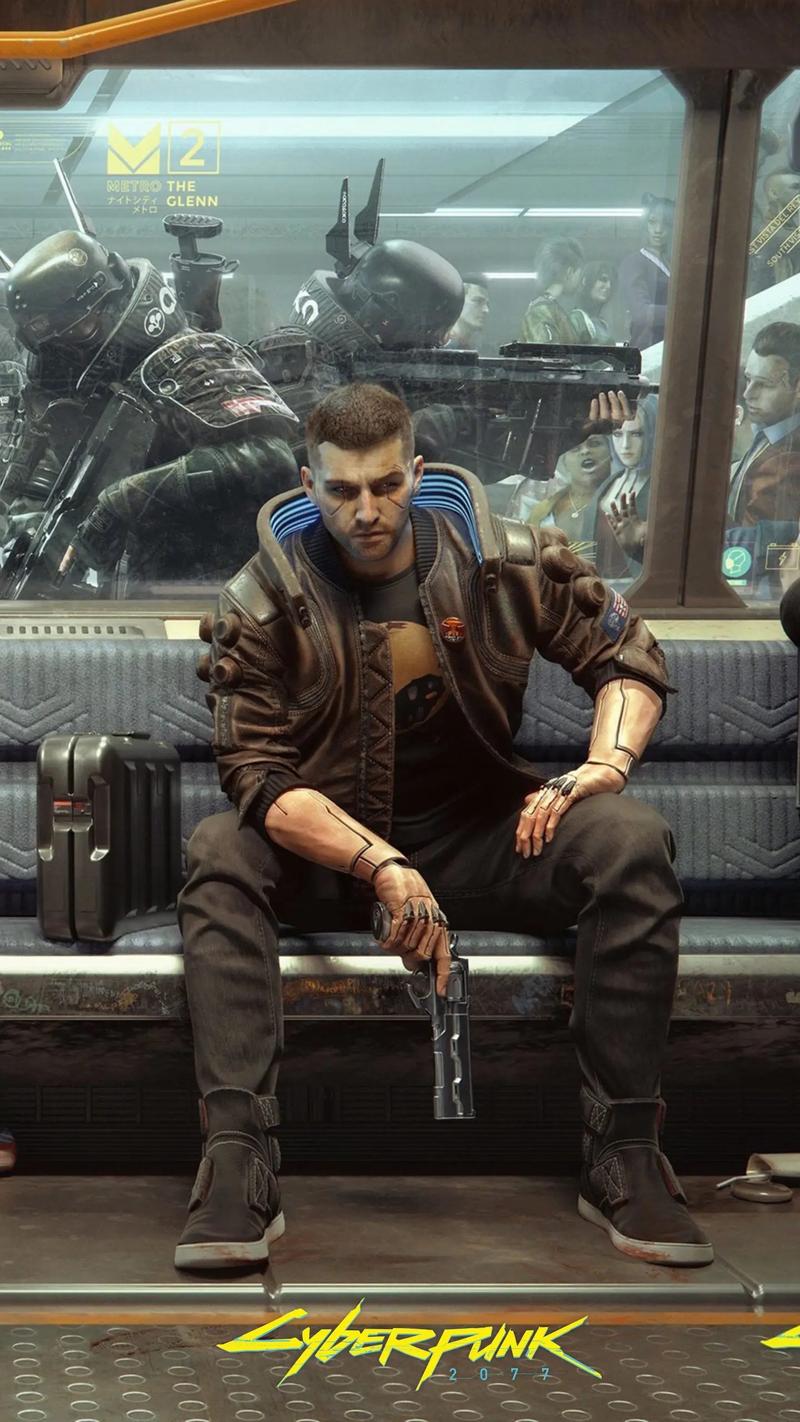Wasteland 3 Score: A Masterpiece of Post-Apocalyptic RPG Storytelling
The post-apocalyptic role-playing game (RPG) genre has seen many great entries over the years, but few have managed to capture the essence of survival, moral ambiguity, and tactical depth as effectively as Wasteland 3. Developed by inXile Entertainment and published by Deep Silver, Wasteland 3 is a masterclass in storytelling, world-building, and strategic combat. Its score—composed by Mark Morgan, known for his work on Fallout and Fallout 2—plays a crucial role in immersing players in its frozen, desolate world. This article explores how Wasteland 3’s score enhances its post-apocalyptic atmosphere, complements its narrative, and elevates the overall gaming experience.
The Sound of Desolation: Mark Morgan’s Haunting Score
Mark Morgan’s return to the post-apocalyptic genre was met with excitement from fans of Fallout’s iconic soundtrack. His work on Wasteland 3 does not disappoint. The score is a blend of eerie ambient tones, industrial beats, and melancholic melodies that perfectly encapsulate the game’s setting—Colorado, a frozen wasteland where survival is a daily struggle.
Unlike traditional orchestral scores, Wasteland 3’s music leans heavily into experimental and electronic elements. Tracks like "The Wasteland" and "Buried Hopes" evoke a sense of isolation and decay, reinforcing the game’s themes of desperation and resilience. The music shifts dynamically, adapting to the player’s actions—whether they are exploring a ruined city, engaging in tense firefights, or making morally fraught decisions.

One standout piece is "The Patriarch’s Theme," a slow, foreboding composition that underscores the game’s central conflict. The Patriarch, a ruthless warlord ruling Colorado, is a complex antagonist, and Morgan’s score mirrors this ambiguity. The music never outright villainizes him; instead, it hints at the weight of his decisions, making players question whether he is a necessary evil or a tyrant who must be overthrown.
Music as a Narrative Device
In Wasteland 3, the score does more than set the mood—it actively contributes to storytelling. The game’s world is filled with factions, each with its own identity, and the music reflects this diversity. The bizarre cult of the Godfishers, for instance, is accompanied by unsettling choral chants, reinforcing their fanaticism. Meanwhile, the robotic AI known as the Machine Commune has a cold, mechanical soundtrack that underscores its alien logic.
The game’s radio stations, a staple of post-apocalyptic RPGs, also play a crucial role. Stations like "Kodiak" feature a mix of original songs and eerie broadcasts that flesh out the world. These tracks, often darkly humorous or grimly poetic, provide glimpses into the lives of survivors, making the wasteland feel alive despite its desolation.
Combat and Tension: The Role of Dynamic Music
Wasteland 3 is a turn-based tactical RPG, and its combat sequences benefit greatly from the score’s intensity. When battles erupt, the music shifts to high-energy industrial beats, heightening the sense of danger. Tracks like "Fire and Thunder" and "No Mercy" amplify the adrenaline rush of strategic gunfights, where every decision matters.
The score also adapts to the player’s choices. If a battle turns desperate—perhaps due to an ambush or overwhelming odds—the music grows more frantic, mirroring the chaos. Conversely, when the player gains the upper hand, the score swells triumphantly, reinforcing the satisfaction of victory. This dynamic approach ensures that the music never feels repetitive, instead evolving alongside the player’s journey.
A Legacy of Post-Apocalyptic Soundtracks
Wasteland 3’s score stands alongside other great post-apocalyptic soundtracks, such as Fallout’s ambient jazz and Metro’s haunting orchestral pieces. However, Morgan’s work distinguishes itself by embracing a more experimental, almost surreal tone. The music doesn’t just accompany the game—it becomes part of the world, shaping the player’s emotional response to every discovery, betrayal, and battle.
In an era where many RPGs rely on bombastic orchestral scores, Wasteland 3 dares to be different. Its soundtrack is raw, unsettling, and deeply atmospheric, making it one of the most memorable aspects of the game. For players who appreciate immersive sound design, Wasteland 3’s score is not just background noise—it’s an essential part of the experience.
Conclusion: A Score That Defines a Wasteland
Wasteland 3 is a triumph of the post-apocalyptic RPG genre, and its score plays an indispensable role in its success. Mark Morgan’s compositions create a soundscape that is as unforgiving as the game’s world, yet rich with emotion and depth. Whether through ambient exploration tracks, pulse-pounding combat themes, or haunting faction motifs, the music elevates every moment of the journey.
For fans of RPGs, tactical combat, or immersive storytelling, Wasteland 3 is a must-play—and its score is a big reason why. It doesn’t just set the mood; it defines the wasteland itself, making Colorado’s frozen ruins feel like a living, breathing, and eerily beautiful hellscape.














